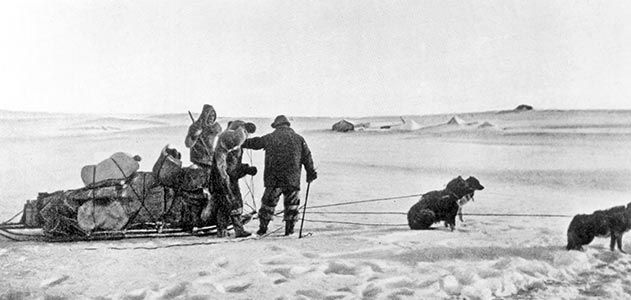In Victorian England, there was no other more fashionable resting place than the Cemetery of Kensal Green in North West London. It is a burial ground in my Borough that falls within my catchment and it adds an area of nobility to an already up and coming flourishing multi-ethnic area.
Out of the quarter-million souls who since 1833 rest there – having been either cremated or laying in coffins stacked in catacombs and graves – well over 1500 of them are notables personalities.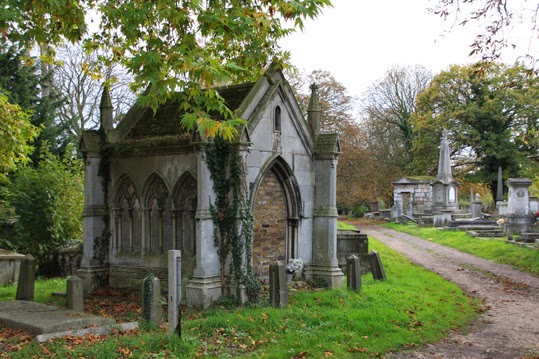
They include, for example, the industrial revolution engineers and inventors Isambard Kingdom Brunel and Sir Wm Siemens, the novelists and Dicken’s contemporaries Anthony Trollope and William Makepeace Thackeray and some 500 members of the titled nobility like the 5th Duke of Portland, three children of George III, the late Queen Mother‘s uncle and many Dukes, Earls, Marquises and Barons. Even Farrokh Bulsara – in art Freddy Mercury – singer of the rock group Queen was cremated there and has had some of his ashes scattered in one of the gardens of KGC. A memorial plaque has recently been found that might support this little known secret.
It comes as no surprises therefore that we should also find numerous Freemasons amongst those individuals who left a major mark in society and afterwards came to rest in KGC.
The Admiral Sir Albert Hastings Markham (11.11.1941 – 28.10.1918) is one of those characters. He was a Brother of the Order who led a most fascinating and adventurous life well worth recounting. He is best remembered as a British explorer, author and officer in the Royal Navy who is well known in New Zealand for having designed that Country’s national Flag in 1869.
Odd as it may seem, the Admiral Sir Albert Hastings Markham saw life in a Country that he never military served. He was born on 10 November 1841 in the 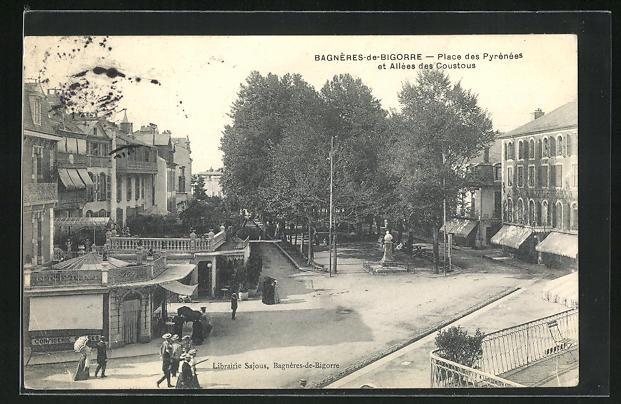 village of Bagnères-de-Bigorre, a spa resort on the banks of the Adour river in the Pyrenees Mountains, France. We can rightly assume that his family was in that obscure corner of France to perhaps receive cures and enjoy a period of relaxation, a rather common thing to do for the bourgeois families of those days.
village of Bagnères-de-Bigorre, a spa resort on the banks of the Adour river in the Pyrenees Mountains, France. We can rightly assume that his family was in that obscure corner of France to perhaps receive cures and enjoy a period of relaxation, a rather common thing to do for the bourgeois families of those days.
In 1856 Sir Albert enrolled as a Cadet in the Navy, where his father was a Captain. He spent seven years in China where he took an active part in the Opium War and in the fall of Peking – nowadays Beijing – and when he was stationed in Australia, he worked to suppress the slave trade that served the interests of the south sea islands plantation owners.
He then covered other senior positions, until on 29 November 1872 he was promoted to the rank of Commander. His next six years were spent in Arctic Exploration which provided some of his greatest accomplishments, like that of reaching the most northern latitude as a member of the British Arctic Expedition of 1875-76. Four hundred miles from the North Pole, Markham and eleven men planted the Union Jack on 12th May 1876 and sung “God save the Queen”
When he later held a presentation at St James’ Hall, London, of his exploration 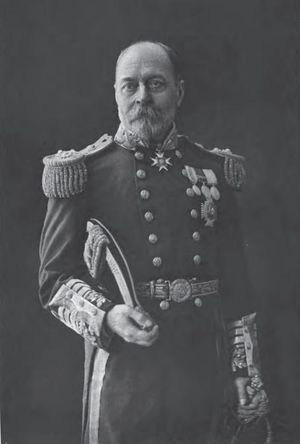 Albert Markham – in the photo – showed great modesty of character by particularly praising his “gallant companions” who bore most of the brunt of the hard work for the discovery. He said: “The brave fellows, though suffering acute bodily pain and almost unheard-of hardships and privations, bore their suffering with manly fortitude and endurance and without a murmur or complaint; animated by the same praiseworthy zeal and devotion to achieve all that was possible for the credit of their profession and the honour of their flag”.
Albert Markham – in the photo – showed great modesty of character by particularly praising his “gallant companions” who bore most of the brunt of the hard work for the discovery. He said: “The brave fellows, though suffering acute bodily pain and almost unheard-of hardships and privations, bore their suffering with manly fortitude and endurance and without a murmur or complaint; animated by the same praiseworthy zeal and devotion to achieve all that was possible for the credit of their profession and the honour of their flag”.
It was the speech of a true and humble leader, the kind of which one rarely finds in the annals of history!
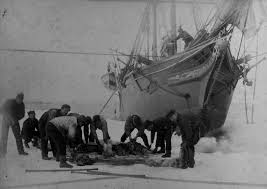 In recompense for the achievement, he was promoted to Captain and received a gold watch from the Geographical Society. In the rank of Captain, Sir Albert took charge of various vessels between 1879 to 1886 when he acted as commodore of the training squadron. It was in 1886 that Sir Albert Markham came into Freemasonry.
In recompense for the achievement, he was promoted to Captain and received a gold watch from the Geographical Society. In the rank of Captain, Sir Albert took charge of various vessels between 1879 to 1886 when he acted as commodore of the training squadron. It was in 1886 that Sir Albert Markham came into Freemasonry.
This is how he described that experience. “I was initiated on the 28th April 1886 in the same Lodge as Brother Conan Doyle, namely the Phoenix Lodge No.257 of Portsmouth and I was able to do what I think few Masons have the chance of doing today, that is to fill the Master’s Chair in less than two years after taking the Third Degree. In 1888 I joined the Royal Navy College Lodge No. 1593 at Greenwich where I also had the pleasure of acting as Worshipful Master.”
Two years later his career unsurprisingly took off and Albert Markham was appointed Naval A.D.C. (aide-de-camp ) to Queen Victoria and promoted to the rank of Rear-Admiral serving in the Mediterranean squadron on 1 August 1891.
The Admiral, in an interview to the Masonic Illustrated magazine, declared: “When I went out in the Mediterranean in 1892, I was master of a Craft Lodge, Principal of a Royal Arch Chapter, Master of a Mark Lodge, an Eminent Preceptor (Knight Templar Order), a Most Wise Sovereign (Rose Croix Order) and a Prior of the Order of St. John and Jerusalem.
None of these offices, however, helped him to avert the punishment for his role in the disaster of the flagship HMS Victoria which on 22 June 1893, during manoeuvres near Tripoli, Lebanon, collided with HMS Camperdown – which Markham commandeered – and quickly sank, killing 358 crew members, including the commander of the British Mediterranean Fleet, Vice-Admiral Sir George Tryon. By executing the Vice-Admiral’s orders, which 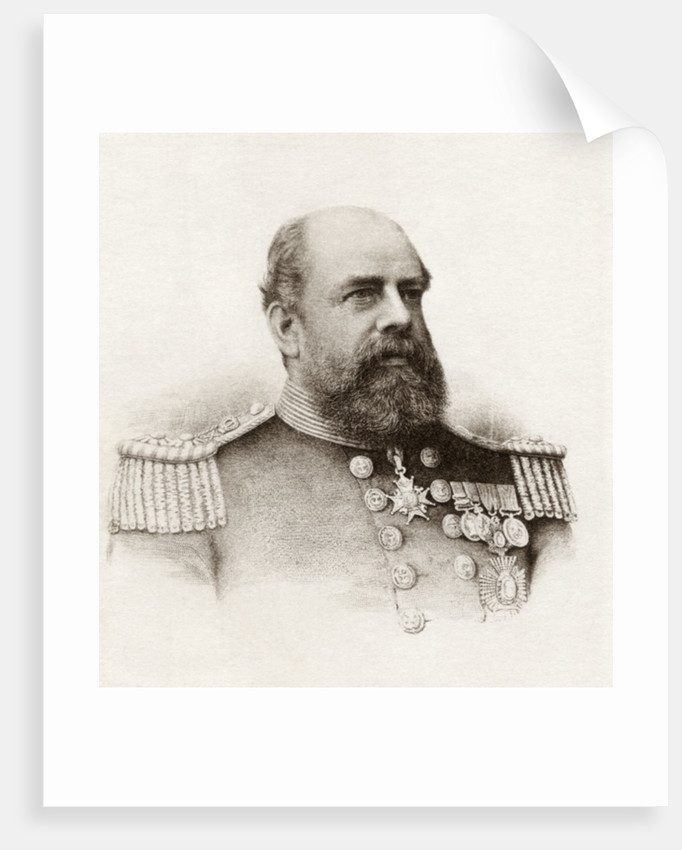 Markham in himself sensed were wrong but did not dare to dispute, HMS Camperdown caused the ramming of the Victoria which sunk within 15 minutes. Albert was never put on trial by the Navy for it was difficult to condemn an officer who had obeyed an explicit command; nevertheless, his superiors suspended him with half pay for nearly a decade. Admiral Markham wrote with anguish: “After 40 years of faithful service in the Navy in all parts of the world and in positions of great responsibility I am now curtly informed that I have been practically condemned…”. History remembers him mostly for this sad episode which occurred in the same year that saw Albert been invested with many important Offices in the Craft. He declared in an interview of 1901: “In 1896 I was appointed District Grand Master and Grand Superintendent of the Royal Arch for Malta and Prov. Grand Master of Mark Masonry in the Mediterranean and I was the first Deputy Master of the Navy Lodge No. 2612 of London of which H.R.H. The Prince of Wales was the Worshipful Master”.
Markham in himself sensed were wrong but did not dare to dispute, HMS Camperdown caused the ramming of the Victoria which sunk within 15 minutes. Albert was never put on trial by the Navy for it was difficult to condemn an officer who had obeyed an explicit command; nevertheless, his superiors suspended him with half pay for nearly a decade. Admiral Markham wrote with anguish: “After 40 years of faithful service in the Navy in all parts of the world and in positions of great responsibility I am now curtly informed that I have been practically condemned…”. History remembers him mostly for this sad episode which occurred in the same year that saw Albert been invested with many important Offices in the Craft. He declared in an interview of 1901: “In 1896 I was appointed District Grand Master and Grand Superintendent of the Royal Arch for Malta and Prov. Grand Master of Mark Masonry in the Mediterranean and I was the first Deputy Master of the Navy Lodge No. 2612 of London of which H.R.H. The Prince of Wales was the Worshipful Master”.
When Markham was restored to command in 1901, he was described as “…still a wiry and alert man and although sixty years of age, he looks much younger. Of medium height and build, dark-complexioned, resonant voiced, courteous and direct in manner”. He was put in charge of the Nore [1] 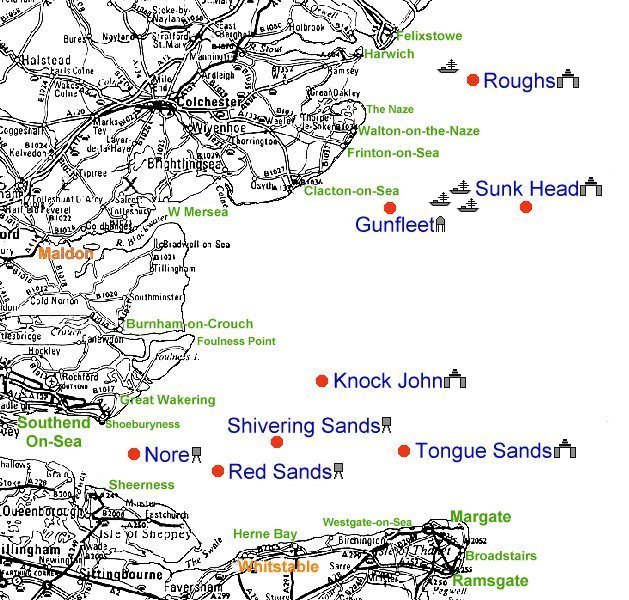 as “Commander in Chief” on the battleship HMS Edinburgh and became responsible for the defence of the port of London and of the merchant ships that sailed along the East Coast of England.
as “Commander in Chief” on the battleship HMS Edinburgh and became responsible for the defence of the port of London and of the merchant ships that sailed along the East Coast of England.
The Masonic Illustrated magazine issue of November 1901 in anticipation of his advancement, wrote this about him: “It may, we think, be seen from the rapid glance we have been permitted to take at our worthy Brother’s career, that in the future Commander-in-Chief at the Nore we have one who is as zealous a supporter of the Craft as he is a distinguished upholder of the traditions of the British Navy”. On 21 January 1903 Markham received the promotion to the rank of Admiral and in November of the same year, he was made a Knight Commander of the Order of Bath.
Markham was also an amateur naturalist and he explored and travelled the world far and wide. On a trip to the U.S.A. he hunted buffalos, in Canada he surveyed the Hudson’s Strait and the Hudson’s Bay and he canoed the much hazardous Manitoba’s Hayes river.
In order to gain experience in ice navigation, Markham served on a whaling ship on its voyage to Baffin Bay and travelled in a chartered Norwegian vessel to explore the Archipelago of Novaya Zemlya[2]. He made a habit to collect birds, fossils, plants and other animals during his travels which he donated to museums. He also wrote his experiences in delightful readable works such as: “The Cruise of the Rosario” published in 1873 “A whaling cruise to Baffin Bay”, “The great frozen sea”, “Northwood House”, “Polar Reconnaissance”, “Life of John Davis” and “Life of Sir John Franklin”.
Sir Albert Markham was an enthusiastic supporter of both the Arctic and the Antarctic explorations and served many years on the Council of the Royal 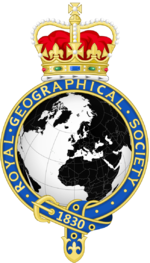 Geographical Society of which his cousin Sir Clements Robert Markham [3] had become the Secretary in 1863 and was elected its President twenty five years later.
Geographical Society of which his cousin Sir Clements Robert Markham [3] had become the Secretary in 1863 and was elected its President twenty five years later.
It was through the Society that Sir Albert met the famous Ernest Shackleton[4] 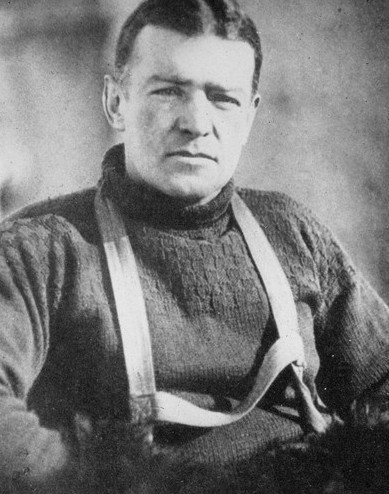 whom he later introduced into the Craft. Shackleton was an explorer best known for leading the ‘Endurance’ expedition of 1914-16 to the South Pole. With the other explorer and Navy officer Robert Falcon Scott – who had been part of the earlier ill-fated Discovery expedition to the Antarctic of 1901-04 – Shackleton sailed 800 miles on a boat to get help for his struck companions back on Elephant Island when the Endurance vessel got stuck in ice. Curiously, once Shackleton had become a Mason[5] he discovered that Scott had also been initiated and in the same Navy Lodge No. 2612 only three months earlier. Another explorer, the Norwegian Roald Amundsen, was also a Mason[6]
whom he later introduced into the Craft. Shackleton was an explorer best known for leading the ‘Endurance’ expedition of 1914-16 to the South Pole. With the other explorer and Navy officer Robert Falcon Scott – who had been part of the earlier ill-fated Discovery expedition to the Antarctic of 1901-04 – Shackleton sailed 800 miles on a boat to get help for his struck companions back on Elephant Island when the Endurance vessel got stuck in ice. Curiously, once Shackleton had become a Mason[5] he discovered that Scott had also been initiated and in the same Navy Lodge No. 2612 only three months earlier. Another explorer, the Norwegian Roald Amundsen, was also a Mason[6]
After serving the Navy for nearly half a century Sir Albert Markham retired from active service on 11 November 1906. On 28 Oct 1908 Markham contracted bronchitis and died at his home in London at the age of 77.
His funeral was held at the Brompton Parish Church on 1 November 1918, ten days before Germany signed the armistice which ended the WW I. His remains were interred in Kensal Green Cemetery and his epitaph reads:
In Loving and thankful memory of
Albert Hastings Markham, Admiral K.C.B.,
Born Nov 11th 1841, Passed over Oct 28th 1918
After a god-fearing life spent in the service of his Sovereign and Country
R.I.P.
Article by WB Leonardo Monno Anglisani
The author forbids any reproduction or publication of this article, in full or in part, without his explicit authorisation.
[1] The Nore is a sandbank at the mouth of the Thames Estuary, England. It marks the point where the River Thames meets the North Sea
[2] An archipelago in north western Russia, lying in the Arctic Ocean
[3] born at Stillingfleet in Yorkshire on 20 July 1830 ; died in London on 30 January 1916
[4] He was born on 15 February 1874 in County Kildare, Ireland. In 1901, Shackleton was chosen to go on the Antarctic expedition led by British naval officer Robert Falcon Scott on the ship ‘Discovery’.
[5] He was initiated on 9th July 1901 at the Navy Lodge No.2612
[6] In 1911, Norwegian explorer Roald Amundsen reached the South Pole, followed by Scott who died on the return journey.
SOURCES Wilkipedia.org Shackleton: By Endurance we conquer, by Michael Smith The Masonic Illustrated, 1 November 1901 The Telamon, issue 87/2019 – “Admiral Sir Albert Hastings Markham”, by Frank Jastrzembski
- His Majesty’s Servant , David Garrick Esq – Freemason ? - June 7, 2024
- Influencia de la Masonería en Chile - April 29, 2024
- Pomegranate in Freemasonry – its significance - March 11, 2024

